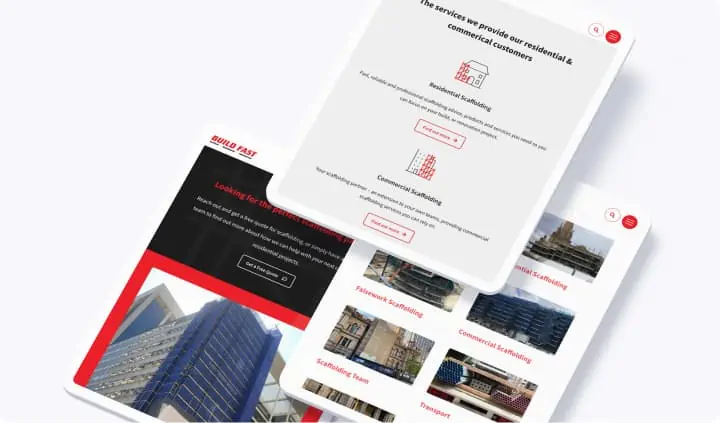Think about some of the world’s best-loved business brands and logos.
Nike’s famous Swoosh design, or Apple’s ubiquitous fruit image.
These are wildly disparate brands providing very different things. As such, their logos are very different too.
But there are similarities. Perhaps the biggest similarity is that both designs have been elevated above the status of mere images and have become inherent to the identity of their respective brands.
What’s more, both logos achieved this through simple, striking imagery — a “less is more” approach.
We can learn a lot from these success stories.
Let’s take a closer look at how to get the right attention with your business logo.
1. Keep your brand’s theme at the heart of the design
Colour plays an important role in the design of your logo. You should already be using a handful of colours — perhaps two or three, certainly no more than four — within the design of your website and your other branded materials. Continue this theme to your logo.
Don’t go overboard on colour. Keep it simple and tight. Use either the same colours that you have been using on your website or a set of complementary hues.
2. Represent your identity, not your industry
What does the Swoosh have to do with sports and sportswear? Nothing, it is just a symbol that elicits a positive reaction in people. What does the apple have to do with computing? Again, nothing. The logo was originally intended to represent knowledge.
With this in mind, avoid the cliches of your industry when you design your own logo. If you provide IT services, you don’t need a picture of a computer, for example. Your customers already know that this is what you offer — you need a logo that defines you and your identity and that becomes instantly recognisable alongside your brand.
3. Develop a pool of options
This is not something that you and your business are likely to get right the first time. Instead, you need to give yourself plenty of options to choose from when it comes to selecting your logo.
Consider what sort of angle you want to take for each prototype. Perhaps one logo features a stark, modern, minimalist design, while another is a little more playful and friendly.
Creating contrasting options like these will help you to compare before you eventually choose a winner. This process might help you understand a little more about your broader brand identity, too.
Choose with care, but logo evolution is an ongoing process
Your logo is important and should be chosen carefully, but you can always play with it and evolve the theme as you move forward, just like Nike and Apple have done with their designs.



